Breaking News: Groundbreaking Discovery Challenges Long-Held Beliefs on Tyrannosaurus and Nanotyrannus Coexistence
Scientists have made a stunning revelation that is rewriting the history of the mighty Tyrannosaurus and its mysterious cousin Nanotyrannus. A team of researchers has confirmed that the two dinosaurs coexisted at the close of the Cretaceous period, a finding that has far-reaching implications for our understanding of the ancient world.
According to a study published in the journal Nature, a remarkably well-preserved skeleton discovered in the Hell Creek Formation in North America has shed new light on the long-standing debate over the existence of Nanotyrannus. The fossil, designated as NCSM 40000, shares distinctive characteristics with the holotype specimen of Nanotyrannus lancensis, a finding that suggests the two dinosaurs were contemporaries.
The discovery was made possible through the application of cutting-edge paleontological techniques, including comparative anatomy and longitudinal growth analysis. The research team, led by experts in the field of dinosaur paleobiology, has meticulously examined the fossil evidence and concluded that the two dinosaurs coexisted in the same ecosystem.
The implications of this discovery are significant, as it challenges the long-held assumption that Tyrannosaurus rex was the sole dominant predator in the Late Cretaceous period. The coexistence of Nanotyrannus and Tyrannosaurus raises questions about the dynamics of their interactions and the impact on the ecosystem.
This groundbreaking discovery has sparked widespread interest among scientists and the general public alike, with many hailing it as a major breakthrough in the field of paleontology. The research team is now working to further analyze the fossil evidence and explore the broader implications of their findings.
As we continue to unravel the secrets of the ancient world, this discovery serves as a poignant reminder of the complex and dynamic nature of life on Earth. The coexistence of Nanotyrannus and Tyrannosaurus is a testament to the incredible diversity and resilience of life on our planet, and a powerful reminder of the importance of continued scientific inquiry and exploration.
Background Context:
The discovery of NCSM 40000 has significant implications for our understanding of the Late Cretaceous period, a time of great upheaval and transformation on Earth. The coexistence of Nanotyrannus and Tyrannosaurus challenges our previous understanding of the ecosystem and raises questions about the dynamics of their interactions.
What Happens Next:
The research team will continue to analyze the fossil evidence and explore the broader implications of their findings. As new discoveries are made, we can expect a deeper understanding of the complex relationships between these ancient predators and their ecosystems.
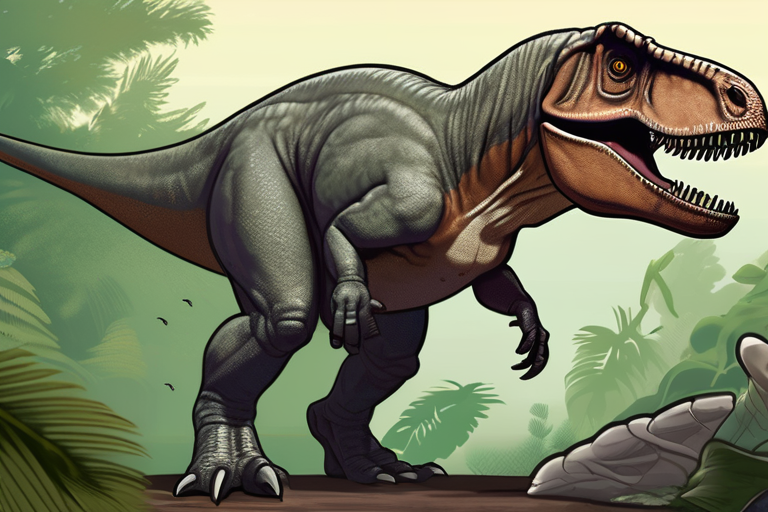









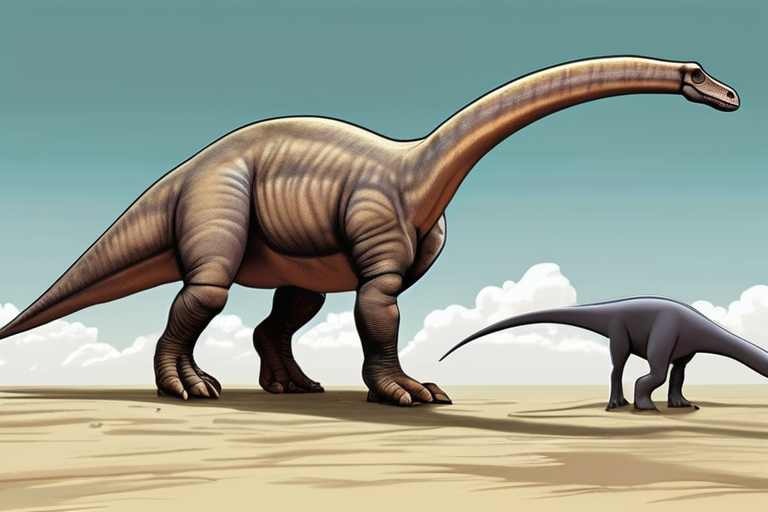


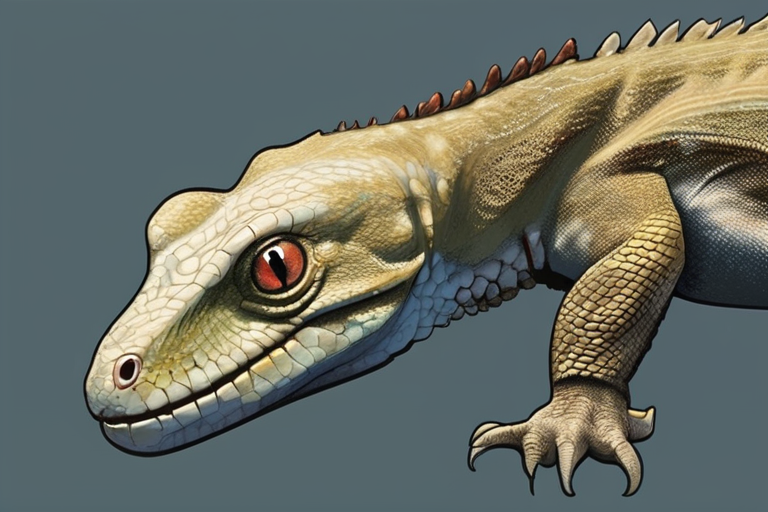

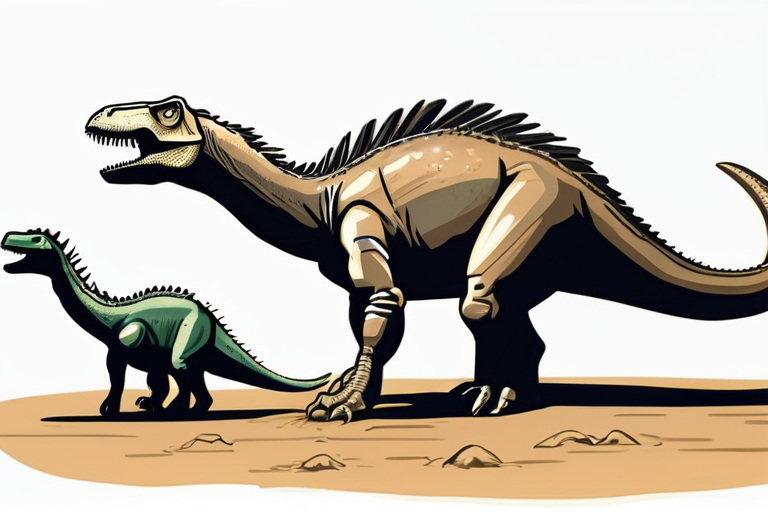
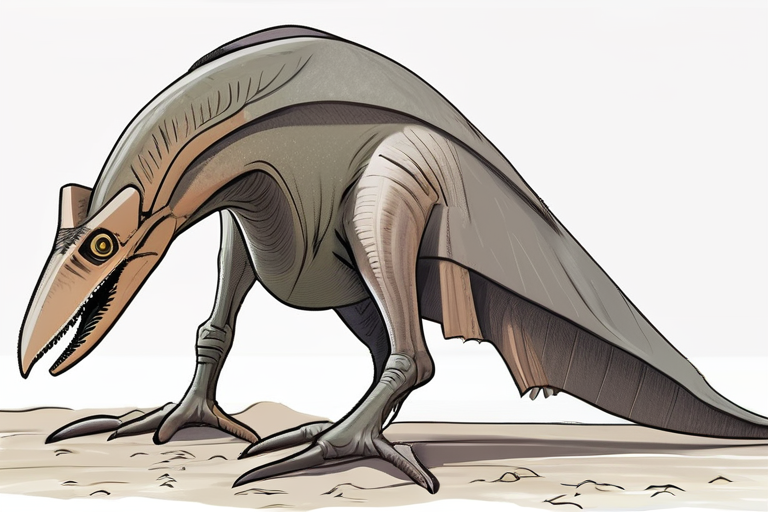

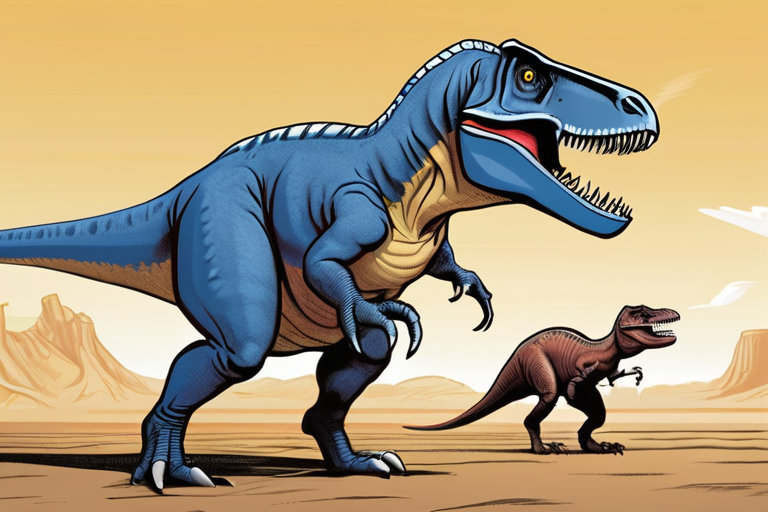




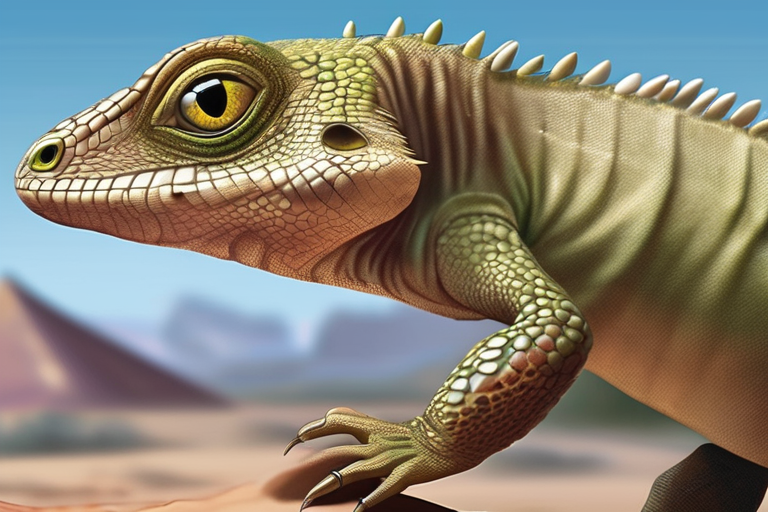

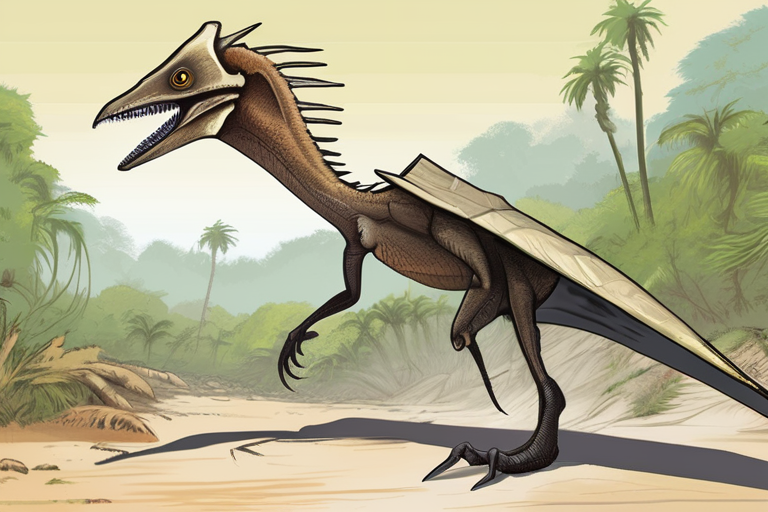
Share & Engage Share
Share this article